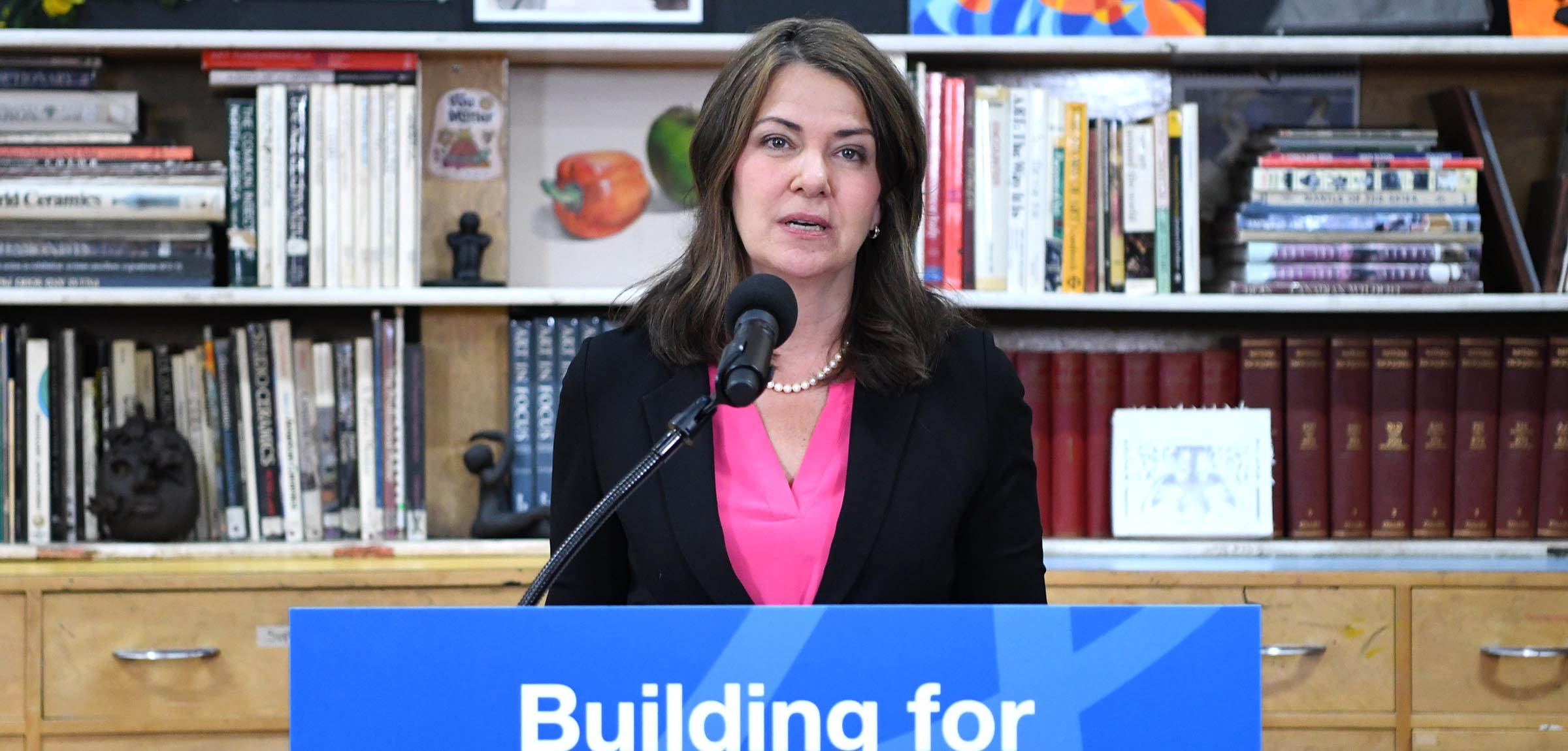In response to rapid population growth and rising student enrollment, Premier Danielle Smith unveiled an $8.6 billion investment in Alberta’s K–12 education system. The announcement, made during a televised address on Sept. 17, introduced the School Construction Accelerator Program, which aims to create 50,000 new student spaces within three years and 150,000 new spaces over seven years. The plan aims to accommodate a total of 200,000 new students by 2031.
“This is the fastest and largest build our province can manage,” Smith said, emphasizing that the funds will go toward building new schools, modular classrooms and pilot projects for charter and private schools.
While her announcement focused on building schools, Smith also reaffirmed the government’s support for “school choice” by announcing the Charter School Accelerator Program, which will use a portion of the $8.6 billion to add 12,500 charter school spaces in Alberta within four years.
The investment in new school construction has been welcomed by many, including school boards struggling with school capacity issues. At the same time, some stakeholders have expressed concerns with the government’s plan, particularly the decision to allocate public funds to private and charter school construction as these schools are not accessible to all Alberta families.
Alberta Teachers’ Association (ATA) President Jason Schilling stated his concern with public funds going to private and charter schools.
“No other province spends as much on private schools as Alberta, and it’s at the detriment of public schools, where over 90 per cent of students go to school,” he said.
Medeana Moussa, executive director of public education advocacy group Support Our Students Alberta, echoed this concern.
“We cannot afford to keep gifting our valuable public funds to private entities who do not admit all children,” said Moussa.
There is also concern that operational relief for Alberta’s public education system won’t come until at least Budget 2025, leaving another year of overcrowded classrooms and unmet student needs.
“This government has neglected public schools and school boards for years,” said Moussa. “We’ve had a huge influx of people, not only because of immigration but in big part due to the marketing push by this government, yet they haven’t invested in that growth.”
Schilling acknowledged the need for investment in capital projects but cautioned that new buildings alone will not solve existing issues in classrooms across the province. Remarking that the province needs 5,000 more teachers, he said the government’s plan does not address how to hire, train and recruit more teachers in the coming years.
“Students and teachers are still facing unsustainable conditions. New buildings are welcome, but what good are schools without teachers?”
Schilling also highlighted persistent issues like overcrowded classrooms and inadequate support for students with complex learning needs, which remain unaddressed by the government’s infrastructure-heavy initiative.
“The funding for new buildings is crucial,” Schilling said, “but it won’t address the untenable conditions students face today.”



